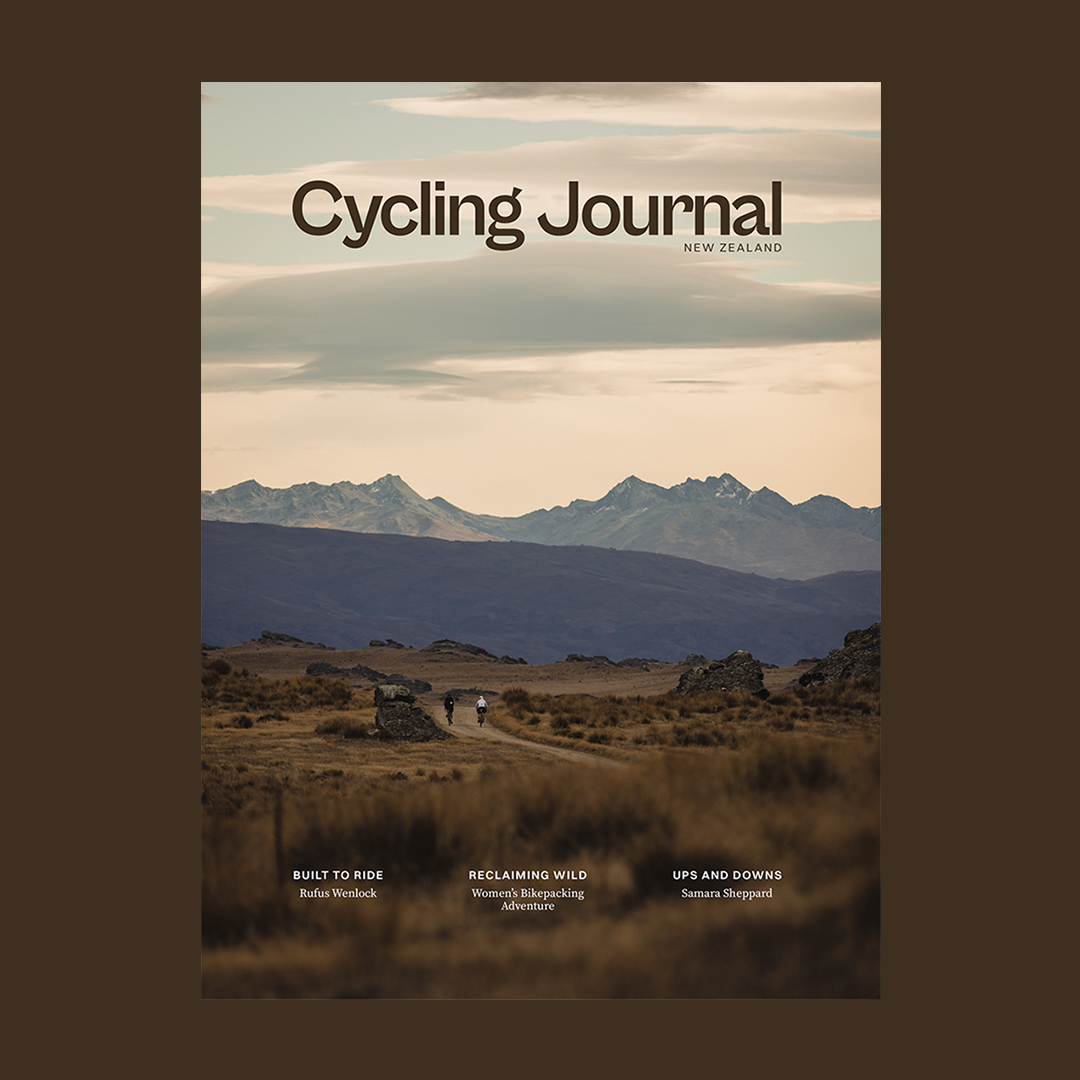Words Lester Perry
Images Cameron Mackenzie
RRP $399
Distributor Shimano New Zealand
Everyone would love a pair of Shimano’s top-of-the-line S-phyre RC 903 shoes, right? But with an RRP of $599, most of us would prefer to stay in the good books with our significant other, buy a cheaper pair of shoes, and slowly fritter away the price difference on post-ride coffees. Thankfully, for those who want high performance without the high price tag, Shimano has the RC7 that’s oh-so-close-to-being the RC9.
With similar features and fit, the RC7 is a worthy and, in some cases, ideal substitute for the RC9 – but will leave you $200 better off.
As expected, the fit of the RC7 shoes is premium. Strikingly similar to the RC9, the upper is a seamless, wrap-around style, smartly constructed from soft, pliable synthetic leather. A lattice of holes in the frontal area increases breathability and allows the upper to conform more closely to the wearer’s foot. With no seams in sight, Shimano’s cobblers have done all they can to avoid hot spots and increase overall comfort.
In NZ, we only find the ‘wide fit’ version of these shoes, and rightly so. Although the ‘wide’ fit is roomier than the regular version, they’re still reasonably slim compared to other ‘wide’ offerings on the market. I compared footbeds to another prominent brand’s ‘regular’ width and found it identical to this ‘wide’ version. If you have particularly Hobbit-like or wide feet, it’s best to try before you buy!
The low-profile lacing and BOA L6 L-series dials keep everything in place and under tension. The L6 allows for micro-adjust tensioning but lacks equivalent micro-adjust release; meaning the dial needs pulling up, ultimately releasing all its tension in one pop. This is one obvious area where higher-end offerings have an advantage. In reality, the L6 dials work fine but require a little more thought should you need to slightly loosen the shoes while racing or dealing with technical terrain.
A carbon composite midsole creates a sturdy and stable platform to transfer power. Shimano pegs this sole as a ten on their stiffness index, just shy of the RC9’s 12. In the past, I’ve always aimed for the stiffest sole I can get, and for sub-4 hour rides, I love the feeling that every watt is going to the pedal rather than flexing my shoe. Take the stiffest shoes for a day-long outing, though, and their attraction wanes. The RC7 sole is a small step back from being all-out stiff, being marginally softer while retaining most of the pedalling ‘feel’ of a stiffer shoe. On longer rides, particularly on rough surfaces, the slight bit of compliance helps absorb shock and offers an overall more comfortable experience. Given that these longer rides aren’t ridden at as high power or anywhere near as “punchy” as your average hour-long slug-fest of a club race; over hours, comfort trumps all-out stiffness for efficiency. After some time in the RC7, I now believe that stiffer isn’t necessarily better and find the balanced stiffness of the RC7 overall better than my previous rock-solid shoes.
The underside of the sole has an air intake under the toes and an exhaust port under the heel. Before wearing the shoes, I thought nothing of these vents, but while checking my cleat placement on the trainer the day of receiving the shoes, I could noticeably feel the breeze from my fan on my feet, through the vents. It’s up between the sole vents and all the small holes on the upper; these are nice cool shoes, which will be great for summer, but not so much for spring’s unpredictable temperatures! Some toe warmers or full booties would be a must for riding these year-round.
These shoes were designed with road riding in mind, but I’m more of a ‘mixed surface’ sort of fella. Most of my rides mean some kilometres of road before I hit the gravel. Most of the gravel in my area is well-used and not very chunky, so the likelihood of needing to walk anywhere while I’m out riding is zero (touch wood). With this in mind, I’ve taken to riding road pedals and shoes for 99% of my riding now, and I’m a convert! I find the large platform and overall stability of the pedal-to-shoe interface a level up on an SPD mountain bike-type setup. If I were headed to unfamiliar territory, or an area where I may need to walk a section, I’d be back in my MTB shoes; these wouldn’t last long when walking anywhere on rough ground.



